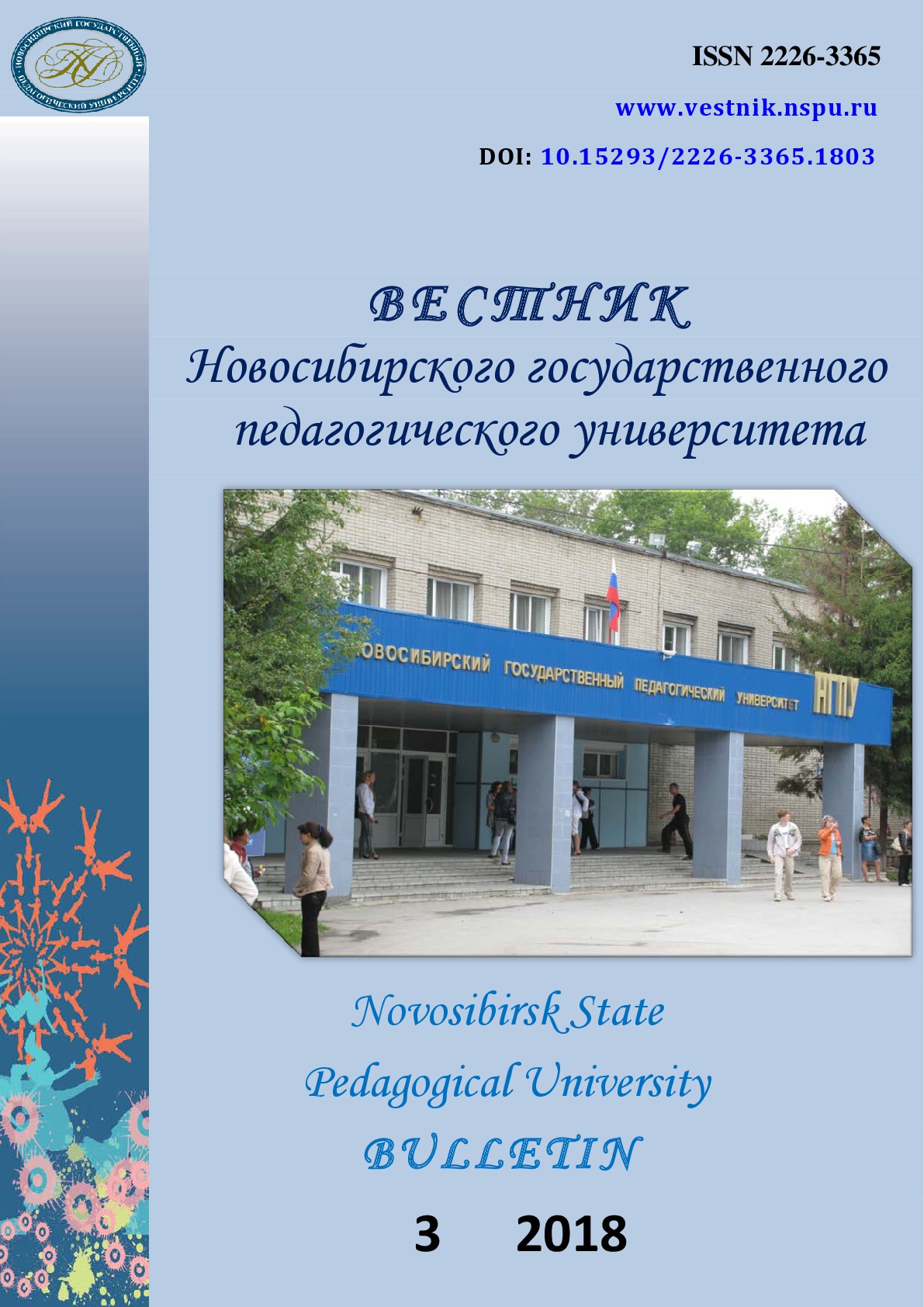Особенности динамики показателей вариабельности ритма сердца школьников 1–2 классов при цикловой организации уроков физической культуры
Peculiarities of dynamics of variability indexes of heart rhythm of schoolchildren 1-2 classes at cyclic organization of lessons of physical culture
Author(s): Nikolay V. Yachmenev, Viktor Borisovich RubanovichSubject(s): Education, Health and medicine and law, Sports Studies
Published by: Новосибирский государственный педагогический университет
Keywords: Physical education of schoolchildren; Cyclic organization; Heart rate variability; Adaptive capabilities of the organism;
Summary/Abstract: Introduction. Research investigations aimed at increasing the effectiveness of physical education, studying the process of schoolchildren’s adaptation in the dynamics of the academic year, depending on the planning and teaching of physical education lessons, are now a topical scientific area in the field of physiology. The purpose of this research was to study the peculiarities of the dynamics of heart rate variability in schoolchildren of the 1st and 2nd grades during the school year during the cyclic and traditional planning and teaching of physical education lessons. Materials and Methods. The authors studied the parameters of heart rate variability in first and second-grade schoolchildren relying on background and orthostatic tests. The participants were divided into experimental group (n=18) and comparison group (n=35). In the experimental group (EG), the annual training load of physical education lessons was redistributed into 4 cycles and intercyclical periods of 4–5 weeks each with an increase of up to 5 lessons per week during the cycles and their decrease in intercyclical periods to 2 lessons per week. Schoolchildren of the comparison group (CG) were engaged in physical training for 1 hour 3 times a week. Results. The experimental group showed a reliable increase in all the studied parameters of temporal analysis of the heart rate, the total power of the spectrum and the high-frequency component, a decrease in the vagosympathetic balance, the amplitude of the mode, the index of vegetative equilibrium, the stress index and the increase in the variation range. The obtained data indicate an increase in the influence of the parasympathetic part of the autonomic nervous system in the regulation of the heart, a decrease in the centralization of control processes and the degree of tension of the mechanisms of regulation by the heart rhythm, an increase in the adaptive capacity of the organism. In the comparison group, the opposite dynamics of the studied parameters was observed, which indicates an intensification of the influence of the sympathetic and humoral-metabolic components in the regulation of the heart, the tension of the adaptive potential at the end of the school year. Conclusions. The obtained results make it possible to recommend a cyclic planning and teaching of physical education lessons with the aim of increasing their health-enhancing effect in the conditions of a general educational setting
Journal: Вестник Новосибирского государственного педагогического университета
- Issue Year: 8/2018
- Issue No: 3
- Page Range: 167-180
- Page Count: 14
- Language: Russian

